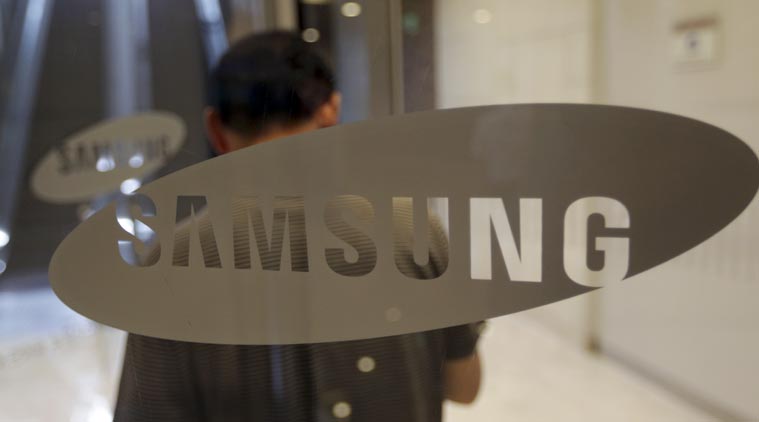Samsung unveils Digital eye using IBM’s brain chip ‘TrueNorth’
Samsung has created 'a digital eye' where each pixel operates independently in the image sensor.
 Samsung has created a digital eye using IBM’s brain chip called TrueNorth. (Source: Reuters)
Samsung has created a digital eye using IBM’s brain chip called TrueNorth. (Source: Reuters)
Samsung has created ‘a digital eye’ where each pixel operates independently in the image sensor, and it relies on IBM’s brain chip TrueNorth, according to a report on CNET. The report quotes Eric Ryu, Vice-President of Research at the Samsung Advanced Institute of Technology, as explaining how this ‘digital eye’ works. In Samsung’s cutting edge Dynamic Vision Sensor each pixel “pipes up only if it needs to report a change in what it’s seeing”.
The video image is processed quite differently from traditional cameras as Samsung’s new Dynamic Vision Sensor can “track 2,000 frames of video per second,” making it useful in sensing gestures, hand movements from 10 feet away. This 2000 fps is much higher than the regular 120 fps that we see in regular video cameras, points out CNET. This system can be used for 3D mapping, etc.
Samsung is partnering with IBM to use the ‘brain’ chip TrueNorth to achieve this kind of high vision for its sensor. IBM’s TrueNorth is a neuromorphic chip, which is inspired by the human brain in terms of design, architecture, and efficiency.
According to IBM Research’s website, “TrueNorth is the first single, self-contained chip to achieve one million individually programmable neurons.” IBM’s TrueNorth also has 4,096 computing cores in 28nm architecture from Samsung, and these are interlinked by “256 million individually programmable synapses” or connections on the chip. The idea with these chips is to mimic the way the human brain functions, but they are also energy efficient. According to IBM, TrueNorth only consumes 70mW total power. The chip also has 5.4 billion transistors, which is IBM’s largest chip to date in transistor count, according to their official website.
IBM has also been working on Artificial Intelligence with its Watson system, which will power the Internet of Things, including self-driven vehicles. Recently Olli, a 3D-printed electric vehicle powered by IBM’s Watson’s Internet of Things (IoT) for Automotive, was unveiled by Local Motors. Olli will be used on public roads locally in Washington DC.







